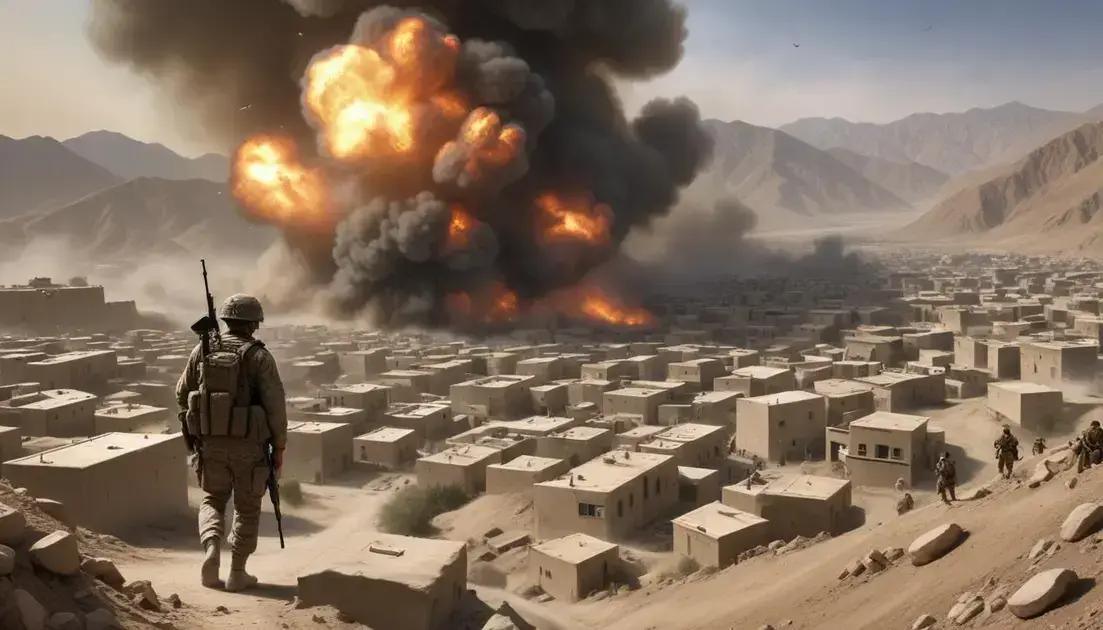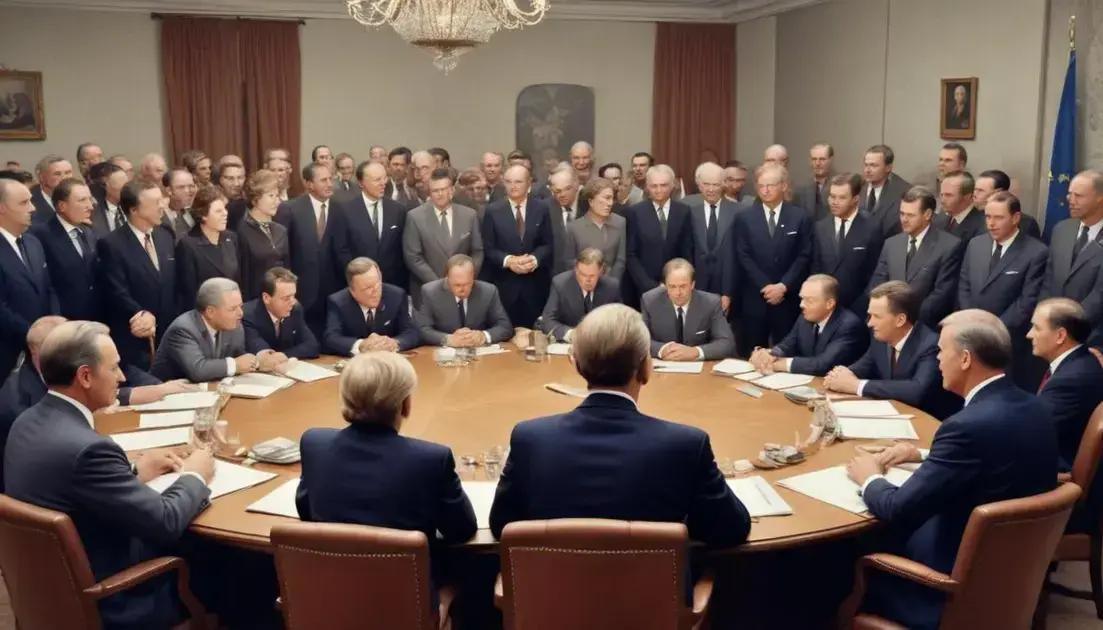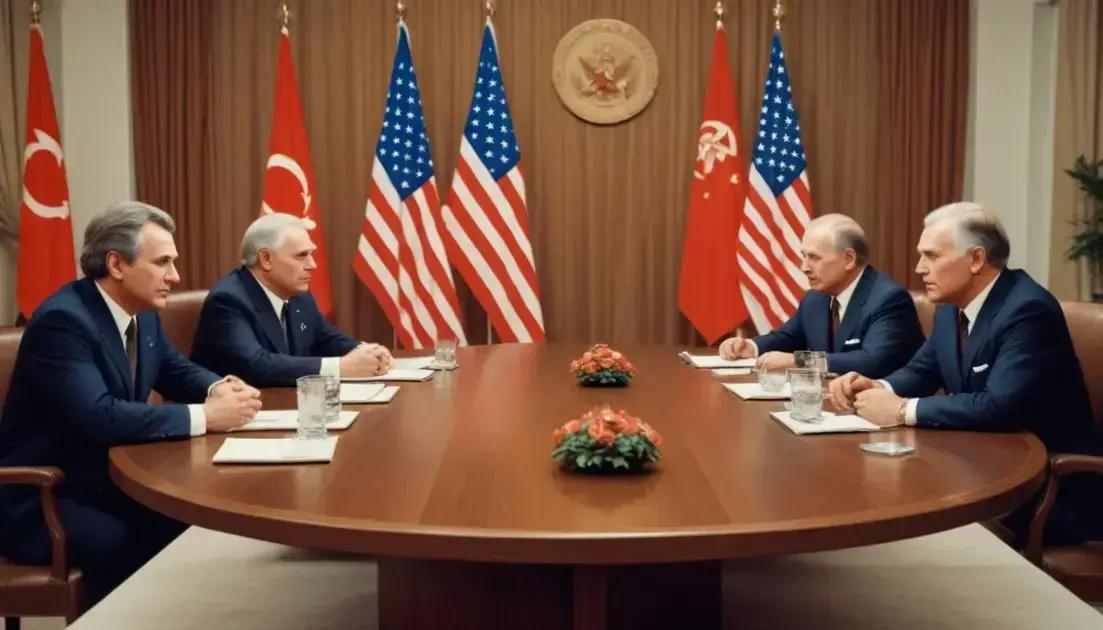
Invasion of Afghanistan: Long and Complex War
The Afghanistan War, marked by significant events and strategies, teaches us vital lessons about military engagement and cultural understanding. Key outcomes include the importance of building local trust, setting clear objectives, and collaborating with allies. The conflict also highlighted the impact of troop morale and the necessity for long-term commitment to peace. These insights are crucial for shaping future military approaches and addressing complex conflict zones.
Afghanistan War has been a pivotal moment in modern history, revealing the complexities of international conflict. What lessons can we draw from its course?
Historical Context
The Historical Context of the Afghanistan War is crucial to understanding its impact. It all started in the late 20th century when the Soviet Union invaded Afghanistan in 1979. This event drew international attention and created a long-standing conflict.
During the 1980s, the US supported Afghan guerrilla fighters, known as the Mujahideen, to counter the Soviet forces. This support played a key role in the eventual withdrawal of Soviet troops. The chaos that followed led to a civil war and the rise of the Taliban in the mid-1990s.
The Taliban imposed strict rules based on their interpretation of Islamic law. Their rule faced condemnation worldwide, especially after they harbored Osama bin Laden. The attacks on September 11, 2001, changed everything.
The US, along with its allies, then launched Operation Enduring Freedom to dismantle the Taliban regime and hunt down al-Qaeda leaders. This marked the beginning of a long and complex war that would last for decades.
Understanding this historical context helps us see how various factors contributed to the current situation in Afghanistan. The events of the past have shaped the country’s social and political landscape, influencing both domestic and international relations.
Key Events
The Key Events of the Afghanistan War greatly shaped its course and outcome. Here are some important moments:
First, there’s the US-led invasion in October 2001. This was a direct response to the September 11 attacks. The goal was to dismantle al-Qaeda and remove the Taliban from power.
In December 2001, the Taliban regime fell quickly. Many thought stability would follow. However, this was just the beginning of a long conflict.
Another key event happened in 2003. The focus shifted to Iraq, and resources dwindled in Afghanistan. This change allowed the Taliban to regroup.
By 2006, Taliban attacks grew in number. They started to regain control over rural areas. The war became increasingly complicated as they utilized guerrilla tactics.
In 2010, President Obama announced a troop surge. This decision aimed to regain control over the situation. However, progress was slow and often met with new challenges.
The Key Events not only illustrate the war’s ups and downs. They also show how complicated military and political strategies can become in a conflict that lasts for years.
US Strategies
The US Strategies in the Afghanistan War were crucial for shaping the conflict’s direction. These strategies evolved over time in response to changing circumstances.
Initially, the focus was on quick military action. After the Taliban fell, the US aimed to establish a stable government. They worked with international partners to set up new governance.
One important strategy was the use of counterinsurgency. This approach focused on winning the hearts and minds of the Afghan people. It emphasized security and development, not just military force.
In 2009, President Obama announced a surge of troops. The goal was to regain control in key areas. By increasing the number of soldiers, the hope was to reduce Taliban influence.
Another key aspect was the training of Afghan forces. The US aimed to build a strong army and police force. This strategy was meant to enable Afghans to take charge of their own security.
However, despite these efforts, challenges remained. Taliban attacks continued, and many regions remained unstable. The US strategies had to adapt to these realities, focusing on cooperation with local leaders and rebuilding efforts.
Consequences of the War
The Consequences of the War in Afghanistan are far-reaching and complex. Many of these effects continue to shape the country today.
First, there’s the human cost. Millions of Afghans became refugees. Many lost their homes and families due to the ongoing fighting.
Next, the war had a massive impact on the Afghan economy. Years of conflict disrupted daily life and business. Infrastructure was damaged, and essential services suffered.
Politically, the government faced challenges. The constant struggle for power weakened political stability. Corruption also grew, making it harder for people to trust their leaders.
The war also affected US military strategy. The challenges faced in Afghanistan changed how the military approached future conflicts. Lessons learned continue to influence military tactics and policies.
Additionally, the war highlighted issues of global security. It showed the need for international cooperation against terrorism. The fight against groups like al-Qaeda remains a key concern.
The Consequences of the War remind us of the complex nature of conflict. They help us understand the ongoing struggles Afghanistan faces, even as history continues to unfold.
Lessons Learned
The Lessons Learned from the Afghanistan War offer valuable insights for future conflicts. These lessons highlight what worked and what didn’t during the long engagement.
One key lesson is the importance of understanding local culture. Engaging with Afghan communities helped build trust. Without this, efforts often faltered or failed.
Another lesson is about the need for clear objectives. Changing goals made it hard to measure success. Focused strategies bring better results.
Additionally, collaboration with allies proved vital. Working together with other nations strengthened military efforts. Shared resources and intelligence made tasks easier.
Another takeaway is the impact of troop morale. Strong support for soldiers boosts their effectiveness. Providing resources and care leads to better outcomes.
Lastly, the experience showed that lasting peace requires long-term commitment. Quick fixes don’t work. Building stable governments and economies takes time and consistent effort.
These Lessons Learned help guide military strategy and policy today. They stress the need for patience and understanding in complex situations.
Conclusion
In conclusion, the Aghanistan War has taught us many important lessons about conflict and cooperation. Understanding local culture and building trust made a big difference in efforts to stabilize the region. Clear goals and strong partnerships with allies proved crucial for success.
Moreover, focusing on the well-being of troops helped improve their effectiveness on the ground. Lastly, we’ve learned that achieving lasting peace takes time and commitment. Quick solutions rarely work in complex situations.
These insights not only shape military strategy today but also remind us of the ongoing challenges in conflict zones. As we move forward, let’s keep these lessons in mind to foster better outcomes in future conflicts.


